
Vladimir Putin signed the law on year-round conscription into the Russian army and the involvement of reservists in the protection of strategic facilities. According to the new law, from January 1, 2026, the conscription of citizens for conscription will be carried out without dividing it into traditional spring and autumn campaigns. The initiators of the draft law were the chairman of the State Duma defense committee Andriy Kartapolov and his first deputy Andriy Krasov.
They argued for the changes with the need to "systematize the work of military commissariats" and the possibility of "planning the formation of contingents of military personnel. " Despite the year-round recruitment period, sending conscripts to the places of service will remain seasonal: from April 1 to July 15 and from October 1 to December 31. For certain categories of citizens, individual terms of departure are provided.
Summonses can now be placed in the state electronic register of military records, and the term of appearance at the Military Committee will not exceed 30 days from the moment of publication. Military commissariats will have the right to issue digital extracts from the register, including certificates in electronic format. At the same time, Putin signed a law that makes it possible to involve reservists in the protection of strategic facilities, in particular military and energy facilities.
These changes fit into a trend of gradual expansion of the powers of military commissariats, which began after the announcement of partial mobilization in 2022 - for the first time since the Second World War. Since then, the Kremlin has been converting military records into electronic form, which makes it easier to send summonses online and control the departure of men of military age abroad.
Experts associate the innovations with the need to replenish the personnel of the Russian Armed Forces against the background of the protracted war against Ukraine. According to military expert Oleg Zhdanov, the lack of rotation at the front is not due to a lack of personnel, because there are currently approximately one million people under the gun in the Defense Forces of Ukraine, while approximately 300,000 are directly on the front line.
The issue of rotation depends solely on the organizational abilities of the Commander-in-Chief of the Armed Forces of Ukraine. Even with the available numbers, commanders are able to ensure planned replacement of units. The expert emphasizes that the real need for personnel is determined exclusively by the situation on the battlefield. "Unfortunately, there are currently no publicized strategic plans for the conduct of hostilities or defense of the country.
Such documents should not be developed by the Ministry of Defense, but by the government headed by the prime minister. The defense plan should include a mobilization component, the transfer of the economy to military lines and a clear definition of the number of specialists who must be booked to ensure the operation of the defense-industrial complex," says Focusu Zhdanov. The expert notes that the state currently lives one day at a time without a systematic vision of the country's defense.
A vivid example is the decision to allow young people aged 18-22 to go abroad, which provoked an acute shortage of workers at enterprises. Manufacturers were the first to sound the alarm, because the outflow of personnel paralyzes production. This shows that the political leadership has no idea about the real needs of both the military-industrial complex and business in general.
"Without publicizing the structure of defense, it is impossible to determine how many resources should be directed to the Armed Forces, how much to the economy, what should be the budget of defense and the military-industrial complex. Only with the presence of a plan can one understand where to produce weapons and where to purchase them on the international market," adds Zhdanov.
He states: until the government presents a comprehensive defense plan and the transition of the economy to military lines, discussions about mobilization or rotation remain pointless. The state needs a clear strategy, not situational solutions. Military expert Dmytro Snegiriov analyzed the dynamics of replenishment and loss of Russian troops. From January to November 2025, 336,000 citizens signed a contract with the Russian army.
At the same time, British intelligence estimates enemy losses for the same period at 353,000 people. Consequently, the rate of death exceeds the capacity to recruit personnel, even with financial incentives — payments from 2 to 6 million rubles, depending on the region. The program is mainly aimed at depressed subjects of the federation. The Ministry of Defense of the Russian Federation expected to replenish 30-50 thousand people every month without announcing mobilization.
"However, colossal losses make it impossible to compensate even at the expense of contractors and special forces - prisoners recruited under a decree that allows contracts to be concluded directly in the courtroom. The main reason for the high losses is the tactic of mass use of drones by Ukrainian forces, which effectively destroys both armored vehicles and manpower.
Against this background, the Ukrainian side has a well-developed algorithm for countering the enemy's superiority in manpower," the expert tells Focus. Monthly mobilization, Snegiryov claims, citing data from People's Deputy Roman Kostenko, in Ukraine reaches up to 30,000 people — a figure commensurate with Russian capabilities without announcing open mobilization. The expert emphasizes: modern wars are wars of technology, not numbers.
Ukraine should build a high-tech army on the Israeli model, where superiority is achieved thanks to advanced weapons, not mass conscription. Instead of lowering or raising the age limit, the expert suggests involving a special contingent — approximately 300,000 veterans of law enforcement agencies, namely the Ministry of Internal Affairs, the Security Service of Ukraine, and the prosecutor's office, who are on a special register.
Retired at age 45, they maintain their physical fitness and weapons skills. This will make it possible to replenish the Armed Forces without social tension and unpopular measures. "The number of law enforcement agencies and special services in Ukraine is excessive - in terms of the number of employees per capita, the country ranks third or fifth in the world. In the conditions of war, this resource should be redirected to the front," adds Snegiriov.
Yevhen, a military analyst and veteran of the ATO, assesses the situation at the front as catastrophic due to the acute shortage of personnel. According to him, Ukraine is losing Kupyansk and Pokrovsk precisely because of the lack of people - they are many times less than needed. The bet on those who went to fight in 2022-2023 turned out to be wrong: without regular replenishment, the army will soon be exhausted.
"The front is holding up against military arithmetic - with the current balance of forces, it should have crumbled a long time ago. While the army is heroically covering up the breaches, the rear is failing in its work: it does not provide rotation and replenishment. The situation resembles a ship with a breach: one can be covered with the back, but when the holes are multiplying every day, no amount of heroism can save," says Focusu Dykiy. He emphasizes: mass mobilization is the only way out.
Ukraine has an unused reserve, but it has not been drawn on due to a failed policy since 2022. Effectiveness requires two key legislative steps. The first is to establish a maximum term of service: five years in total, but with the coefficient "a day in combat - for three". This is true for those who have been fighting since the first days, and is critical because their health is depleted. In addition, the lack of a deadline demotivates new recruits: people are afraid to go to war "forever".
A clear term gives understanding: you have served your time - you have returned to those you protected, and someone else will replace you. The second step is to criminalize evasion of military registration. "Currently, this is an administrative violation that does not correspond to wartime. The punishment should be equal to the term of service: five years. A person is faced with a choice: give five years in a pixel and return as a hero, or spend them as free labor in a colony.
This approach will make the choice clearer and fairer," says a military expert. We would like to remind you that a new function has appeared in "Reserve+" for conscripted parents of children with disabilities: postponement of mobilization can be obtained online. The system automatically checks the data in state registers, the result is instantly displayed in the application — without references and queues.


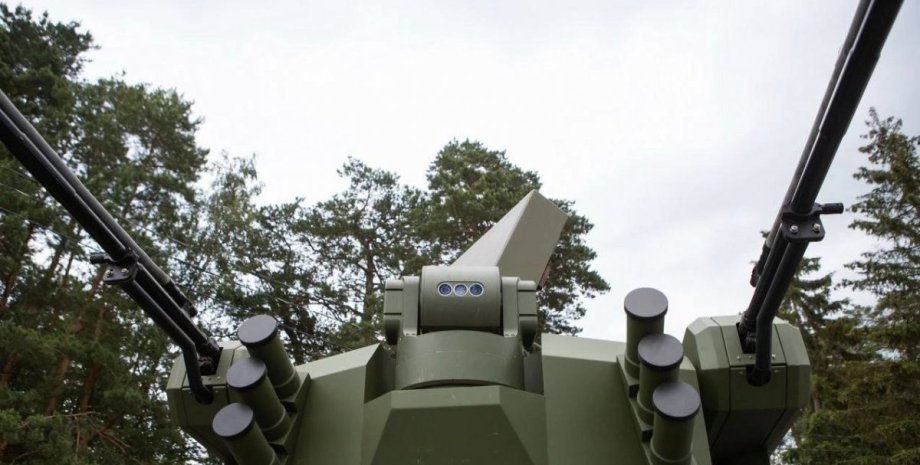
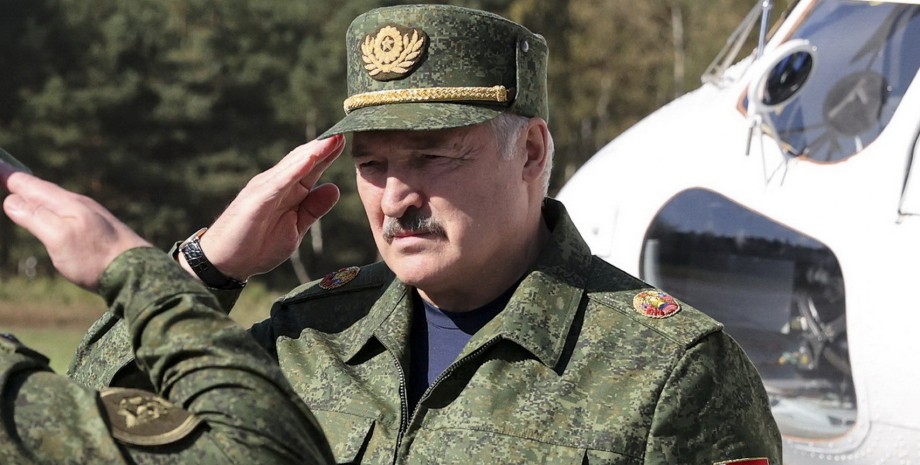


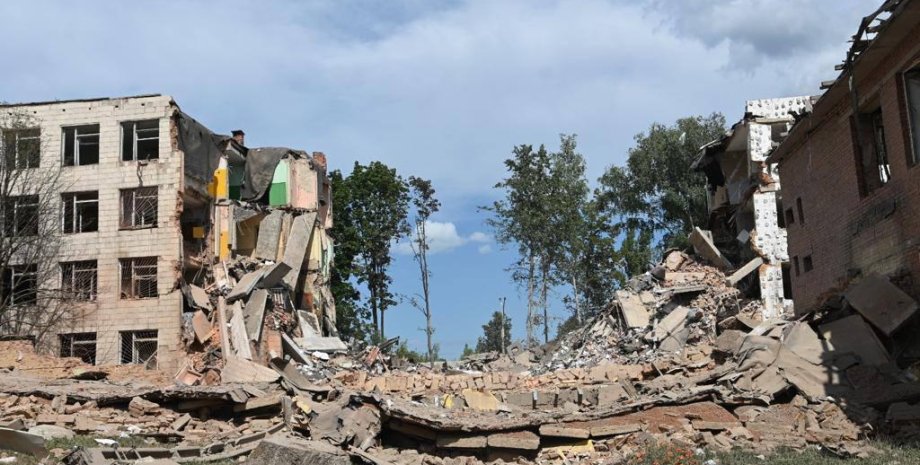
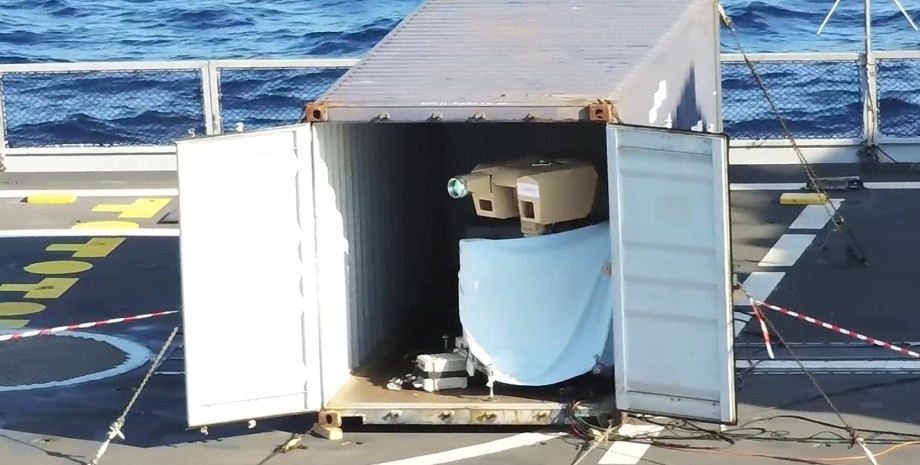
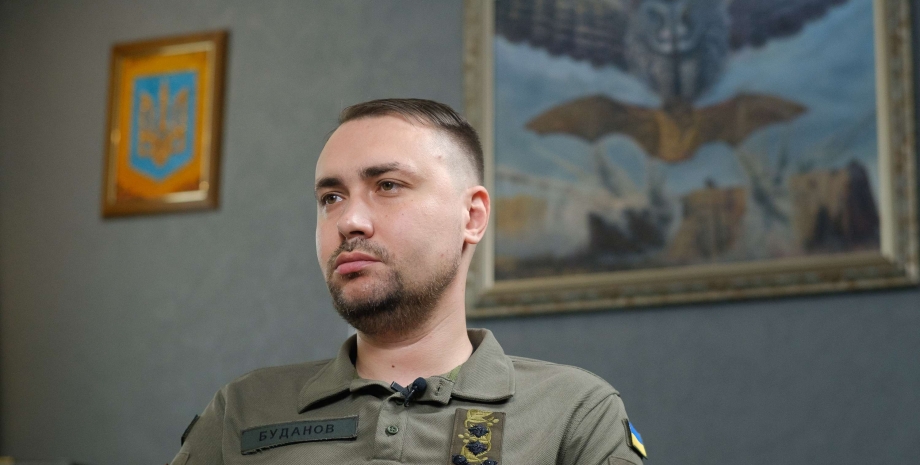
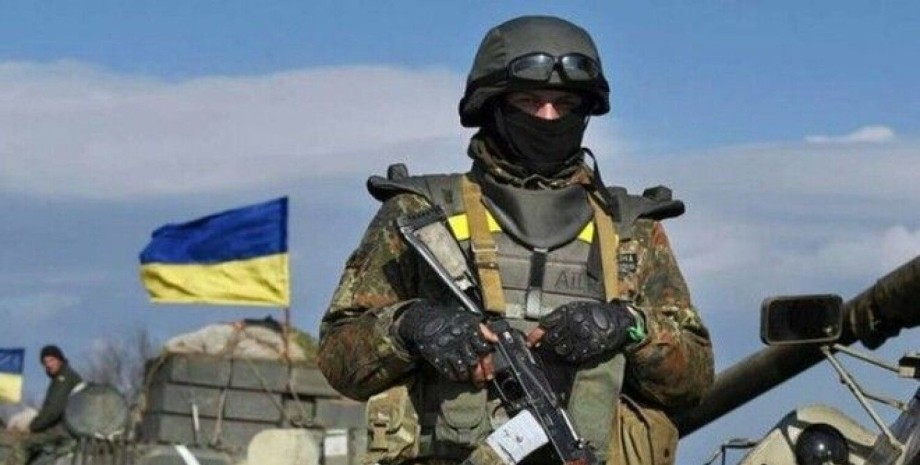
All rights reserved IN-Ukraine.info - 2022